How Para-Athlete Innovation Shapes Access, Performance, and Identity
Para-Athlete Innovation Technology — More than equipment
Technology in para-sport is not just about gear. It is about access, dignity, and possibility. From prosthetics to data analytics, innovation shapes how para-athletes train, compete, and recover. It also influences how they are seen — by coaches, fans, and themselves. Technology can amplify independence or reinforce exclusion. It can open doors or create new barriers. Para-athletes rely on tools that are often misunderstood or underfunded. Their gear is not optional — it is essential. Yet the conversation around tech often focuses on cost, not impact. It also asks who gets to benefit — and who gets left behind. Technology is not neutral. It reflects values, priorities, and politics. Para-athletes deserve tools that empower, not just enable.
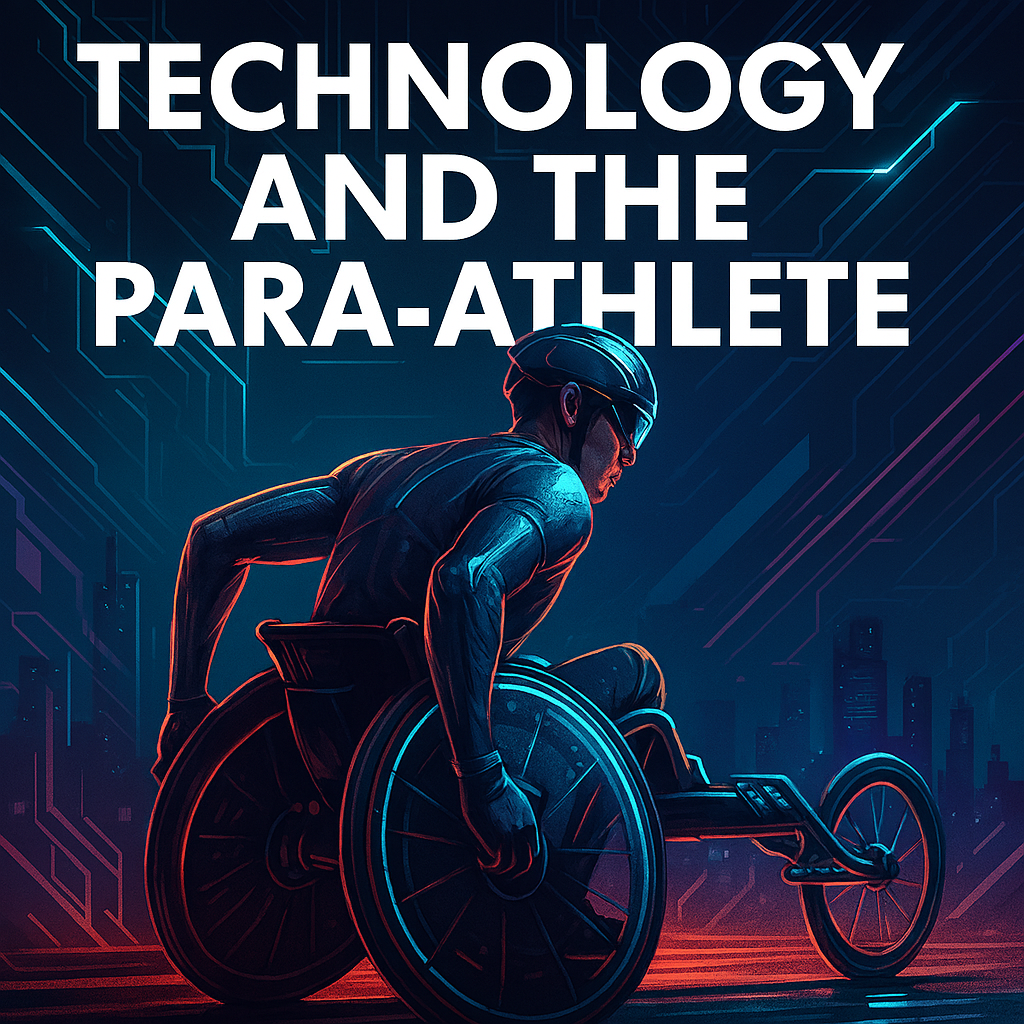
Para-Athlete Innovation Access begins with design
Access to sport begins with design. If equipment is not built for disabled bodies, participation becomes impossible. Wheelchairs must be sport-specific. Prosthetics must be tailored to movement, not just mobility. Visual aids must adapt to lighting, terrain, and speed. Audio cues must be clear, timely, and adjustable. Design affects safety, confidence, and performance. Poor design leads to injury and exclusion. Inclusive design leads to empowerment and joy. Para-athletes often modify gear themselves.
They become engineers, testers, and critics. Their feedback is rarely prioritised in mainstream development. Access is not just about availability. It is about usability, adaptability, and dignity. Design must reflect lived experience. It must evolve with sport, not lag behind it. Para-athletes deserve gear that fits their ambition. Not just their diagnosis.
| Design element | Why it matters | Common failure point |
|---|---|---|
| Fit and comfort | Prevents injury, boosts confidence | Generic sizing, poor materials |
| Sport-specific motion | Matches movement demands | Overgeneralised prosthetics |
| Sensory integration | Supports vision, hearing, balance | Inflexible or delayed feedback |
| Terrain adaptability | Enables outdoor and indoor use | Fragile or rigid construction |
| User modification | Empowers athlete agency | Locked systems, no customisation |
Training with tech
Training for para-athletes is shaped by technology. Motion sensors track biomechanics. Smart prosthetics adjust in real time. Wheelchair resistance systems simulate terrain. Virtual reality creates safe rehearsal spaces. Apps monitor fatigue, hydration, and recovery. These tools help athletes understand their bodies. They also help coaches tailor programs. Training becomes data-driven, not guesswork. Para-athletes can track progress with precision. They can identify injury risks early. They can adjust technique without trial-and-error. Technology reduces isolation in training. It connects athletes to remote coaches and peers. It builds confidence through feedback. It turns training into a conversation. Not just a routine.
| Tool type | Function | Benefit to athlete |
|---|---|---|
| Motion sensors | Track joint angles, speed | Technique refinement |
| Smart prosthetics | Adjust resistance, angle | Real-time adaptation |
| VR environments | Simulate sport scenarios | Safe skill development |
| Wheelchair ergometers | Simulate terrain, resistance | Endurance and strength training |
| Recovery apps | Monitor sleep, hydration | Injury prevention |
Competing with precision
Competition demands precision. Para-athletes use technology to measure performance, adjust strategy, and manage stress. Timing systems track split seconds. Biometric monitors assess heart rate and oxygen levels. Smart gear adjusts to weather and terrain. Communication tools connect athletes to guides or coaches. Data analytics reveal patterns in performance. These tools level the playing field. They also expose gaps in access. Not all athletes have equal tech support. Some rely on outdated gear or manual tracking. Precision should not be a privilege. It should be standard. Technology helps para-athletes compete with confidence. It reduces guesswork and increases control. It turns competition into strategy. Not just survival.
| Technology | Use case | Competitive advantage |
|---|---|---|
| Timing systems | Track race splits, transitions | Strategic pacing |
| Biometric monitors | Assess stress, fatigue | Real-time adjustment |
| Smart gear | Adapt to weather, terrain | Consistency across conditions |
| Communication devices | Guide-athlete coordination | Safety and precision |
| Performance analytics | Identify trends, weaknesses | Tactical planning |
Recovery and repair
Recovery is critical in para-sport. Technology supports healing, rest, and resilience. Compression gear improves circulation. Cryotherapy reduces inflammation. Smart mattresses track sleep cycles. Apps monitor pain and mobility. Rehab robotics assist movement and muscle activation. These tools reduce downtime. They also prevent long-term damage. Recovery tech must be accessible and adaptive. Para-athletes have diverse needs. One-size-fits-all recovery does not work. Technology must support both physical and emotional recovery. It must respect the athlete’s rhythm. Recovery is not passive. It is strategic. Para-athletes deserve tools that heal without harm. That restore without restriction.
| Tool type | Function | Recovery benefit |
|---|---|---|
| Compression gear | Improve circulation, reduce swelling | Faster healing |
| Cryotherapy systems | Reduce inflammation | Pain management |
| Smart sleep tech | Track sleep quality | Optimise rest |
| Rehab robotics | Assist movement, activate muscles | Restore mobility |
| Pain tracking apps | Monitor symptoms, adjust treatment | Personalised recovery plans |
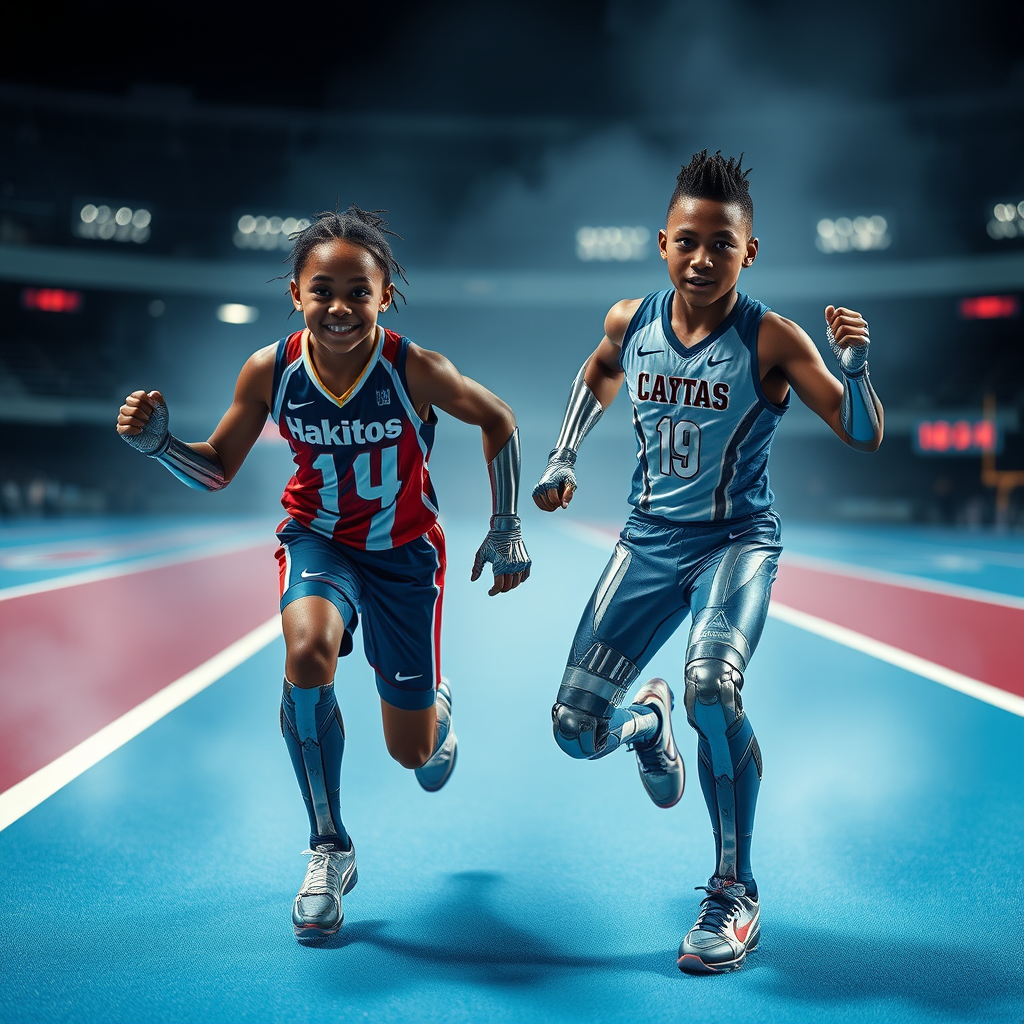
Para-Athlete Innovation Precision
Visibility and representation
Technology affects how para-athletes are seen. Media tools shape coverage. Camera angles influence perception. Broadcast platforms determine reach. Social media amplifies voice. Data visualisation makes performance legible. Visibility is not just about being watched. It is about being understood. Para-athletes are often framed through inspiration, not skill. Technology can challenge that. It can show nuance, strategy, and excellence. It can highlight diversity within disability. It can shift the narrative from pity to power. Visibility must be earned through respect. Not just exposure. Technology can help. But only if it listens.
| Tool type | Role in visibility | Risk if misused |
|---|---|---|
| Broadcast platforms | Share events, interviews | Tokenism or erasure |
| Camera tech | Frame movement, emotion | Oversimplification |
| Social media tools | Amplify athlete voice | Trolling or fetishisation |
| Data visualisation | Show performance metrics | Misinterpretation |
| Editing software | Shape narrative tone | Manipulation or bias |
Grassroots access and early inclusion
At the grassroots level, technology can be the difference between participation and exclusion. Entry-level gear is often expensive or unavailable. Many para-athletes rely on second-hand equipment or DIY modifications. Community programs may lack funding for adaptive tools. Schools may not have inclusive PE resources. This creates a gap between interest and access. Technology should lower the barrier, not raise it. Affordable, modular designs can support early engagement. Open-source blueprints can empower local makers. Community repair hubs can extend equipment life. Grassroots access builds confidence and skill. It also builds identity. Athletes who start young develop stronger self-belief. They learn to see their body as capable. Not conditional. Grassroots tech is not charity. It is infrastructure. And it deserves investment.
| Barrier type | Common cause | Impact on athlete |
|---|---|---|
| Cost | High price of entry-level gear | Exclusion from sport |
| Availability | Limited suppliers or stock | Delayed participation |
| Maintenance | No local repair options | Equipment breakdown, dropout |
| Awareness | Lack of info on adaptive tools | Missed opportunities |
| Institutional support | Schools or clubs not equipped | Unequal access to training |
Innovation and inequality
Innovation can deepen inequality if access is uneven. Elite athletes may receive cutting-edge gear. Grassroots athletes may rely on outdated tools. This creates a performance gap that is not about talent. It is about resources. Innovation must be paired with distribution. Otherwise, it reinforces privilege. Para-athletes from low-income regions are especially affected. They may be excluded from international competition due to tech gaps. Sponsorship often favours visibility, not need. Innovation must be inclusive by design. It must consider affordability, repairability, and adaptability. Otherwise, it becomes a gatekeeper. Not a liberator. Technology should not widen the gap. It should close it. Equity must be engineered. Not assumed.
| Athlete level | Typical tech access | Consequence |
|---|---|---|
| Elite | Custom gear, real-time data | Peak performance |
| National | Moderate access, some delays | Inconsistent results |
| Community | Shared or outdated equipment | Limited development |
| School-based | Minimal or improvised tools | Missed early talent |
| Remote/regional | Rare access, high cost | Structural exclusion |
Classification and fairness
Technology intersects with classification systems in para-sport. Classifications group athletes by function, not diagnosis. But technology can blur those lines. A prosthetic may enhance performance beyond natural ability. A wheelchair may offer more speed than others. This raises questions of fairness. Classification systems must evolve with tech. They must assess both body and equipment. Otherwise, competition becomes uneven. Some athletes may be penalised for innovation. Others may be excluded for lacking it. Fairness is not just about rules. It is about context. Classification must be transparent, flexible, and evidence-based. It must protect integrity without punishing progress. Technology should not be feared. It should be understood.
| Issue | Example | Risk to fairness |
|---|---|---|
| Tech-enhanced ability | Blade runners with spring advantage | Performance distortion |
| Equipment disparity | Unequal wheelchairs in same class | Uneven playing field |
| Rule lag | Tech outpaces classification updates | Confusion, protest |
| Subjective assessment | Inconsistent classification decisions | Athlete mistrust |
| Innovation penalty | Athletes punished for better gear | Discouragement of progress |

Coaching and communication
Technology transforms how para-athletes and coaches communicate. Real-time data allows instant feedback. Video analysis helps refine technique. Wearables track effort and fatigue. Communication tools bridge language and sensory gaps. Coaches can adapt drills based on live input. This builds trust and precision. It also reduces injury risk. Para-athletes benefit from tailored coaching. Not generic programs. Technology enables that. It turns coaching into collaboration. Not command. Communication is not just verbal. It is visual, tactile, and digital. Tech expands the language of sport. And that expands inclusion.
| Tool type | Function | Coaching benefit |
|---|---|---|
| Wearables | Track effort, heart rate | Adjust intensity |
| Video replay | Analyse movement, posture | Technique correction |
| Tactile feedback tools | Vibrations for timing or cues | Non-verbal instruction |
| Real-time dashboards | Show live metrics | Informed decision-making |
| Remote coaching apps | Connect across distance | Access to expertise |
Identity and autonomy
Technology shapes how para-athletes see themselves. A well-fitted prosthetic can feel like freedom. A malfunctioning chair can feel like failure. Tools become part of the body. They affect posture, confidence, and expression. Autonomy is built through control. When tech responds to the athlete, not the other way around, confidence grows. Athletes feel ownership over their movement. They feel seen as whole. Not broken. Identity is not just internal. It is shaped by interaction. Technology that empowers reinforces dignity. Technology that limits reinforces shame. Para-athletes deserve tools that reflect their agency. Not just their impairment.
| Tech experience | Emotional outcome | Long-term effect |
|---|---|---|
| Responsive prosthetic | Confidence, fluidity | Positive self-image |
| Malfunctioning gear | Frustration, shame | Withdrawal from sport |
| Customised equipment | Ownership, pride | Stronger identity |
| Generic tools | Disconnection, discomfort | Reduced engagement |
| Adaptive interfaces | Independence, control | Empowered participation |
Safety and risk
Technology enhances safety — but also introduces new risks. Smart gear can detect falls or fatigue. But it can also fail. Sensors may misread data. Apps may crash mid-session. Overreliance on tech can reduce body awareness. Athletes must balance trust in tools with trust in self. Safety protocols must include tech literacy. Athletes must know how to troubleshoot. Coaches must know how to intervene. Risk is part of sport. But tech should reduce it — not add to it. Safety is not just physical. It is emotional. Athletes must feel secure in their tools. And in their training.
| Risk type | Tech-related cause | Mitigation strategy |
|---|---|---|
| Sensor failure | Inaccurate data | Manual checks, redundancy |
| App crash | Loss of feedback or control | Offline backups |
| Overreliance | Ignoring body signals | Tech-body integration training |
| Poor fit | Injury from misalignment | Regular adjustment, athlete input |
| Data overload | Confusion or anxiety | Simplified interfaces |
Funding and sponsorship
Technology costs money. Para-athletes often face funding gaps. Sponsors may prioritise visibility over need. Grants may be limited or competitive. Equipment may not be covered by insurance. This creates a cycle of dependence and delay. Athletes may crowdfund or self-fund. This adds stress and inequality. Funding should reflect function, not fame. Sponsorship should support development, not just marketing. Para-athletes deserve investment in their tools, not just applause for their resilience. Technology is not a luxury. It is a necessity. And it must be funded accordingly. Financial support must be proactive, not reactive. It must be strategic, not symbolic. Equity begins with infrastructure. And infrastructure begins with funding.
| Funding source | Common limitation | Impact on athlete |
|---|---|---|
| Sponsorship | Visibility bias | Unequal support |
| Government grants | Competitive, slow | Delayed access |
| Insurance | Excludes sport-specific gear | Out-of-pocket costs |
| Crowdfunding | Unreliable, emotionally taxing | Burnout, inequality |
| Club budgets | Limited or non-existent | Inadequate equipment |
Everyday technology and invisible support
Not all technology in para-sport is high-tech. Everyday tools play a vital role. Modified grips, adaptive clothing, and custom seating matter. These tools reduce friction, pain, and fatigue. They make training sustainable. They make competition safer. Invisible tech often goes unnoticed. But it shapes experience. Athletes rely on small adjustments to feel whole. These tools are rarely celebrated. Yet they are essential. They reflect lived experience. They reflect ingenuity. Para-athletes often design their own solutions. They become inventors out of necessity. Everyday tech deserves recognition. It deserves funding. It deserves integration into sport systems. Small tools make big impact. And they must be part of the conversation.
| Everyday tool | Function | Impact on athlete |
|---|---|---|
| Adaptive grips | Improve control, reduce strain | Safer training |
| Custom seating | Prevent pressure injuries | Increased comfort |
| Modified clothing | Support movement, reduce friction | Enhanced mobility |
| Low-tech prosthetics | Affordable motion support | Entry-level access |
| DIY modifications | Personalised solutions | Athlete autonomy |

Emotional intelligence in tech design
Technology must reflect emotional intelligence. Athletes are not just users — they are humans. Gear must support confidence, not just movement. Interfaces must reduce anxiety, not increase it. Design must consider shame, pride, and identity. Para-athletes often feel exposed by their tools. They may fear judgment or ridicule. Tech must protect dignity. It must offer control. Emotional intelligence means listening to athletes. It means co-designing, not prescribing. It means testing in real conditions. It means respecting silence, fatigue, and fear. Technology must be a partner, not a spotlight. It must adapt to emotion, not ignore it. Para-athletes deserve tools that feel safe. Not just functional.
| Design feature | Emotion addressed | Outcome for athlete |
|---|---|---|
| Discreet interfaces | Reduce visibility anxiety | Increased confidence |
| Custom aesthetics | Support identity and pride | Emotional ownership |
| Feedback control | Prevent overload | Reduced stress |
| Co-design processes | Respect lived experience | Trust and satisfaction |
| Adaptive feedback | Respond to emotion and fatigue | Safer engagement |
Legacy and long-term impact
Technology shapes legacy. Athletes who access innovation early build longer careers. They avoid injury, burnout, and exclusion. They become mentors, leaders, and icons. Legacy is not just about medals. It is about influence. Para-athletes who thrive with tech inspire others. They change systems. They challenge norms. Long-term impact requires long-term investment. Gear must evolve with the athlete. Support must continue beyond competition. Legacy also includes storytelling. Technology helps document progress. It helps archive achievement. It helps build history. Para-athletes deserve legacy systems. Not just temporary fixes. Their impact must be preserved. And their tools must reflect that.
| Legacy factor | Tech contribution | Long-term benefit |
|---|---|---|
| Career longevity | Injury prevention, adaptive gear | Sustained performance |
| Mentorship | Shared tech knowledge | Community growth |
| Documentation | Data archives, video tools | Historical visibility |
| System reform | Innovation feedback | Policy change |
| Post-career support | Rehab and transition tech | Dignified exit |
The future of para-sport technology
The future of para-sport technology must be inclusive, intelligent, and imaginative. It must centre athlete voice. It must integrate emotion, strategy, and identity. Emerging tools include AI-driven prosthetics, haptic feedback suits, and neuro-controlled gear. These innovations promise precision and autonomy. But they must be accessible. They must be tested in real sport. They must be co-created with athletes. The future is not just about speed or power. It is about dignity, control, and joy. Para-athletes must be part of the design table. Not just the testing phase. The future must reflect diversity. Not just novelty. Technology must evolve with ethics. And with empathy.
| Emerging tech | Function | Potential impact |
|---|---|---|
| AI prosthetics | Predict movement, adjust in real time | Enhanced autonomy |
| Haptic suits | Provide sensory feedback | Improved coordination |
| Neuro gear | Brain-controlled motion | Expanded access |
| Smart surfaces | Adapt to athlete needs | Safer training |
| Inclusive platforms | Connect athletes globally | Community and collaboration |
Conclusion — More than movement
Technology in para-sport is more than movement. It is identity, access, and emotion. It shapes how athletes train, compete, and recover. It shapes how they are seen — and how they see themselves. Innovation must be inclusive. It must be ethical. It must be co-created. Para-athletes are not passive users. They are designers, critics, and leaders. Their tools must reflect their ambition. Not just their impairment. Technology must support joy, not just performance. It must build legacy, not just results. Para-sport deserves systems that listen. That adapt. That evolve. The future is not just technical. It is human. And it begins with respect.
Join the discussion — Questions for reflection
| Prompt | Purpose |
|---|---|
| What does equity in para-sport technology look like to you? | Invites systemic imagination |
| How do you respond to para-athlete innovation? | Reveals bias and openness |
| What tools are missing in your sport system? | Highlights gaps and priorities |
| How do you include para-athletes in design decisions? | Encourages co-creation |
| What stories are erased by tech inequality? | Challenges silence and exclusion |
#Hashtags #ParaAthletesMatter #InclusiveInnovation #TechForAccess #AdaptiveSport #AthleteNotAnomaly #DesignWithDignity #SportAndIdentity #LegacyThroughTech #EmotionInMotion #EquityInSport #NeuroGear #SmartProsthetics #GrassrootsInclusion #TechWithoutBarriers #FutureOfParaSport
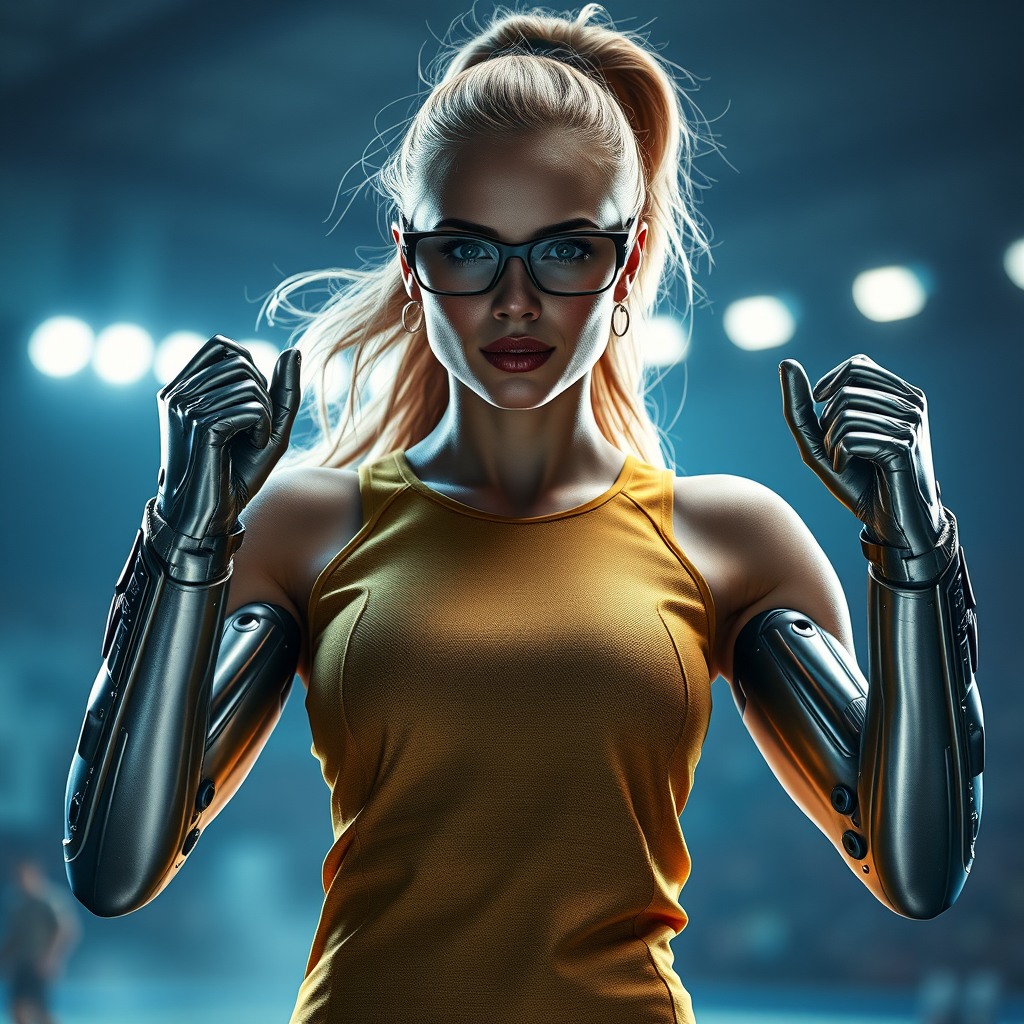
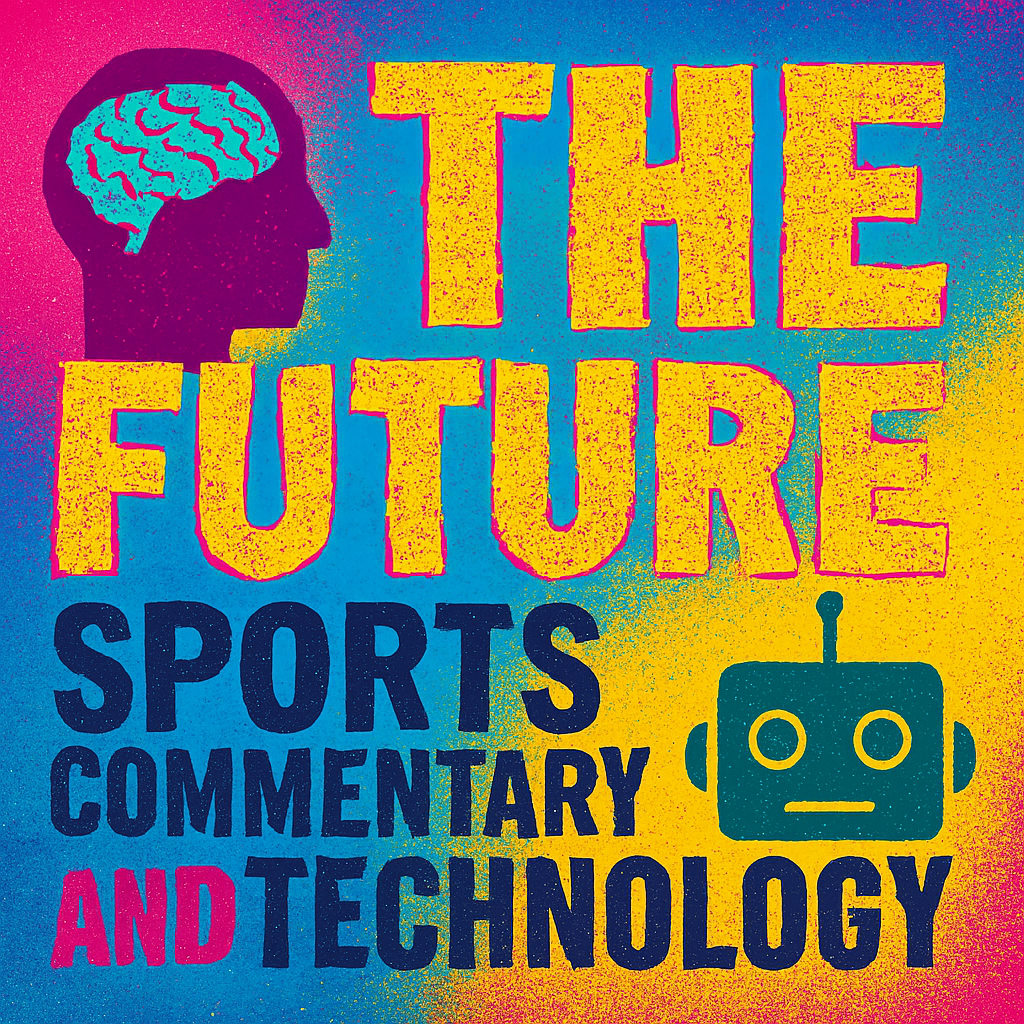
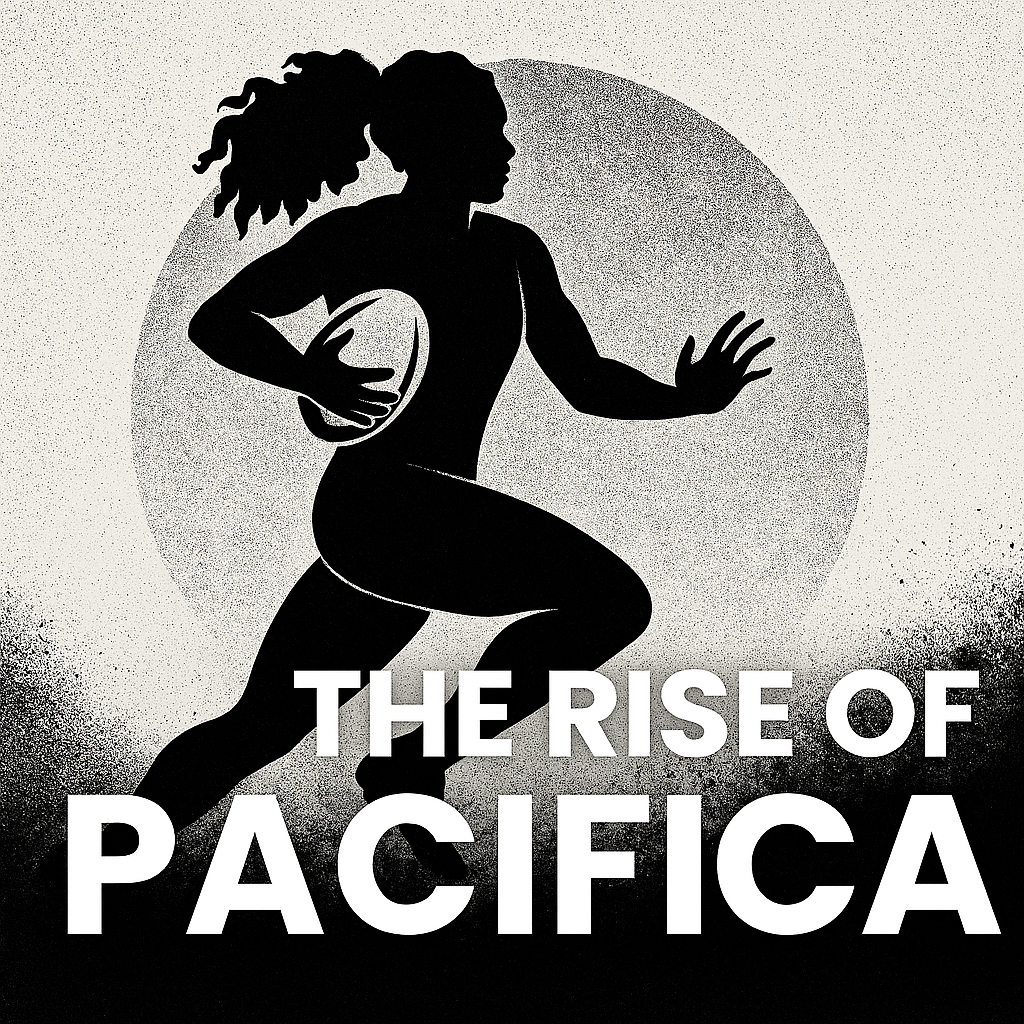

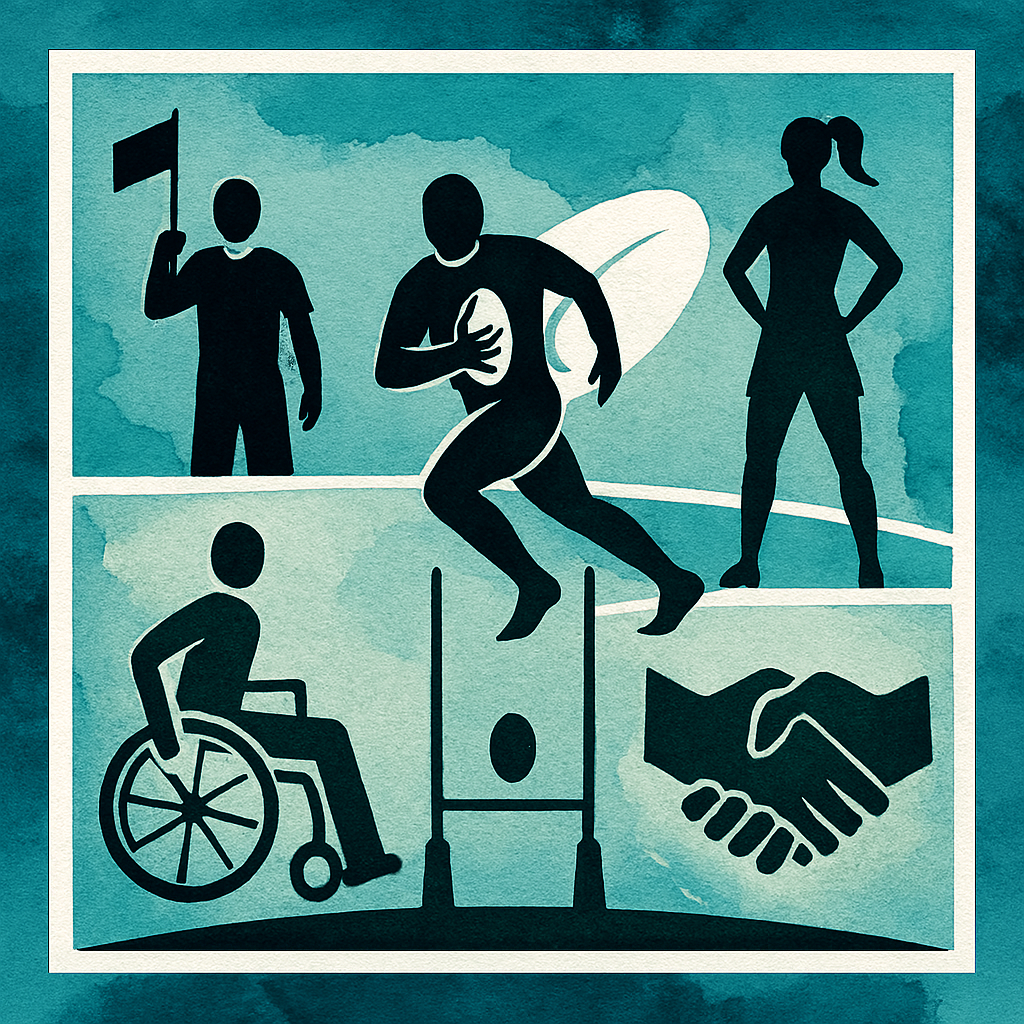

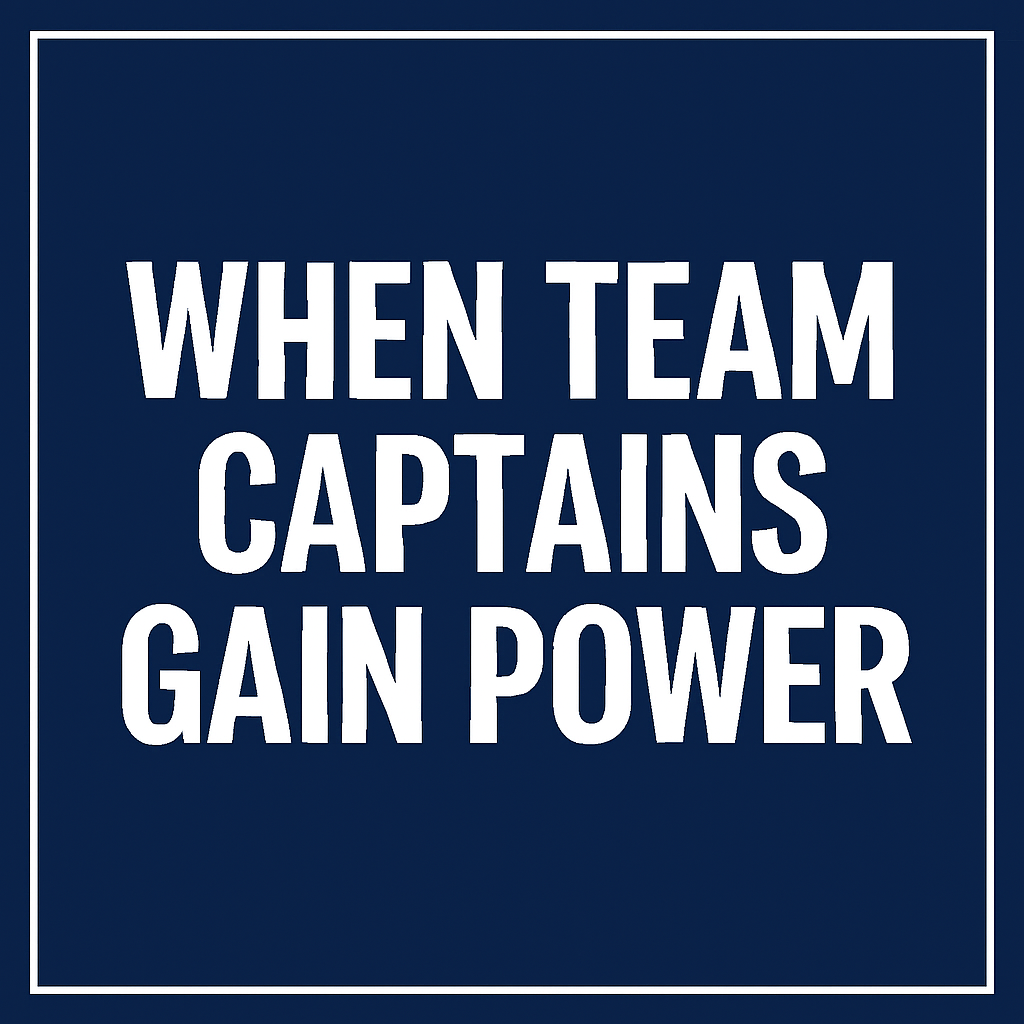
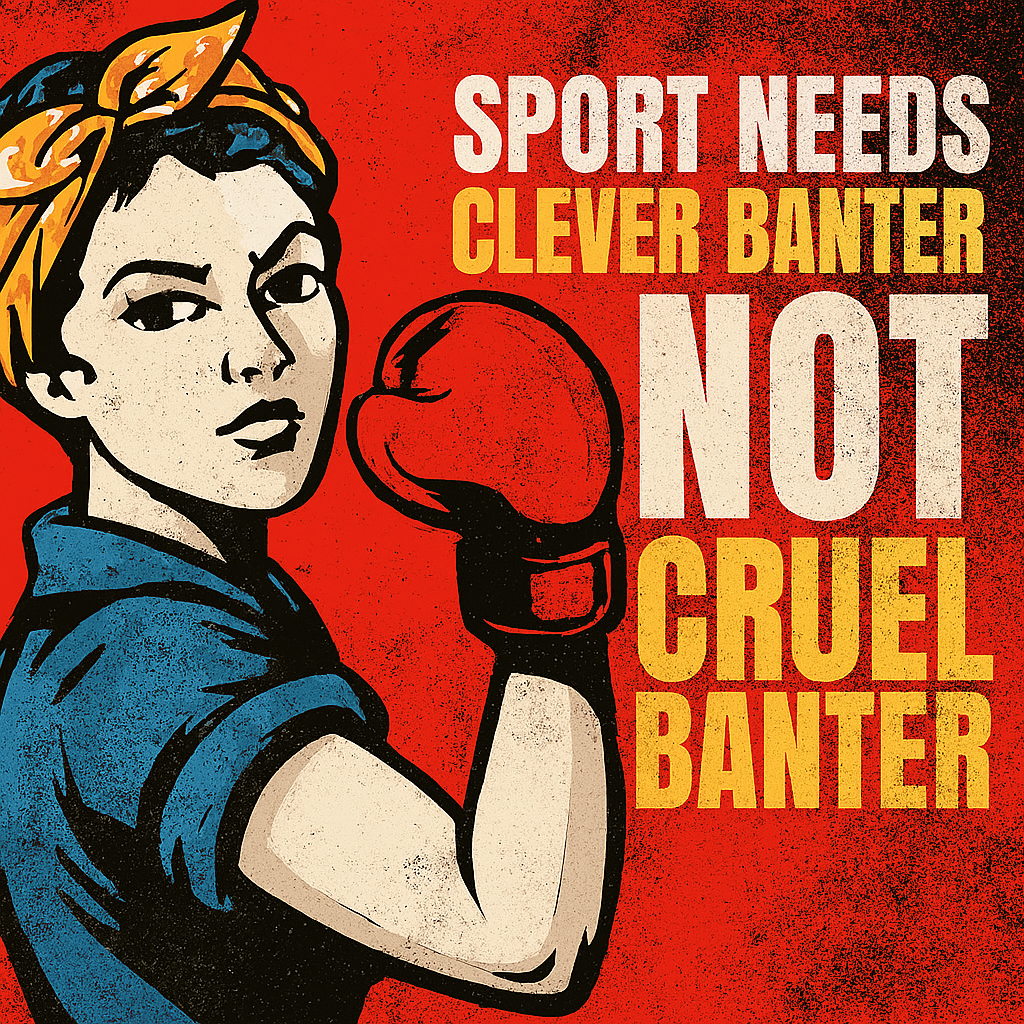
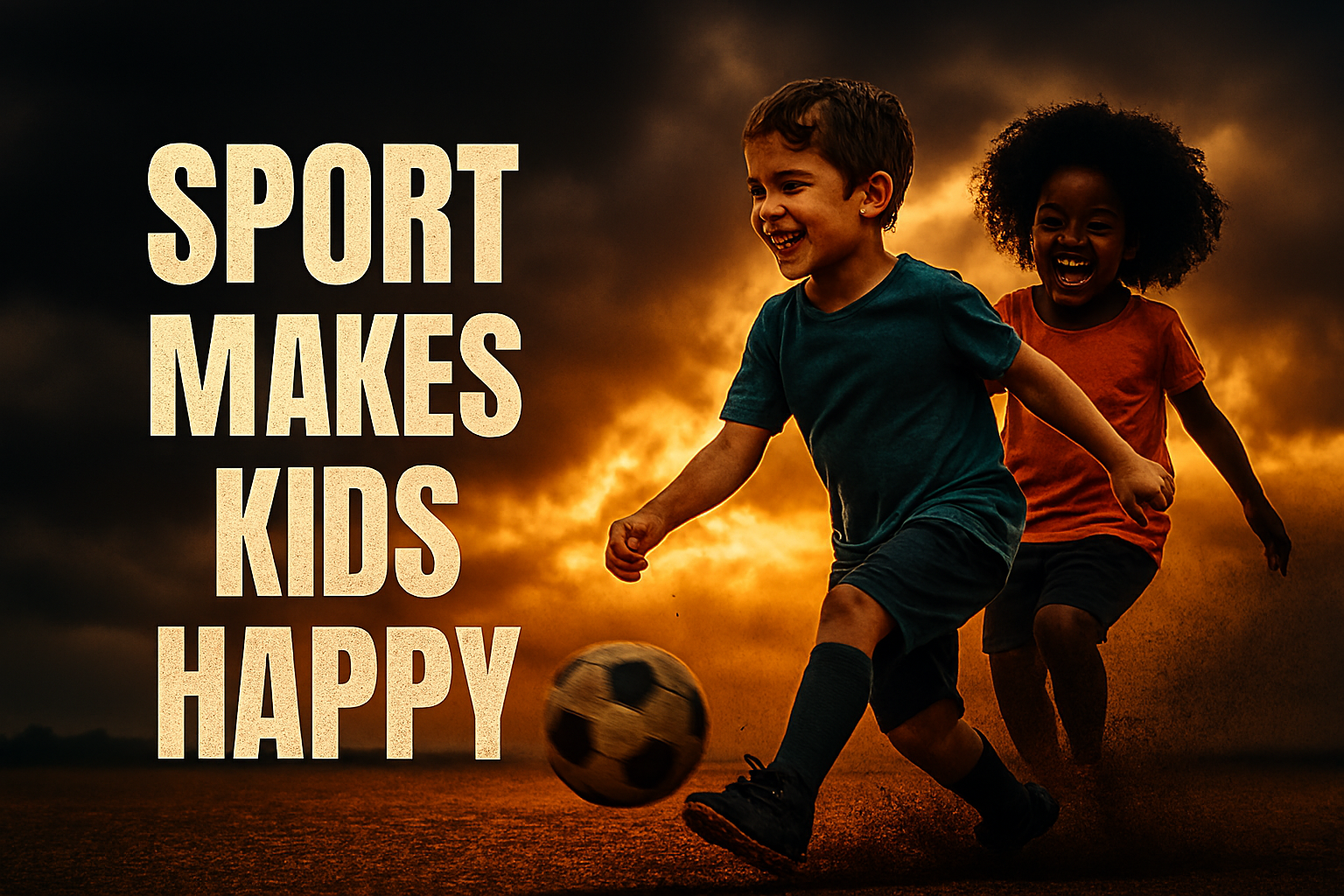

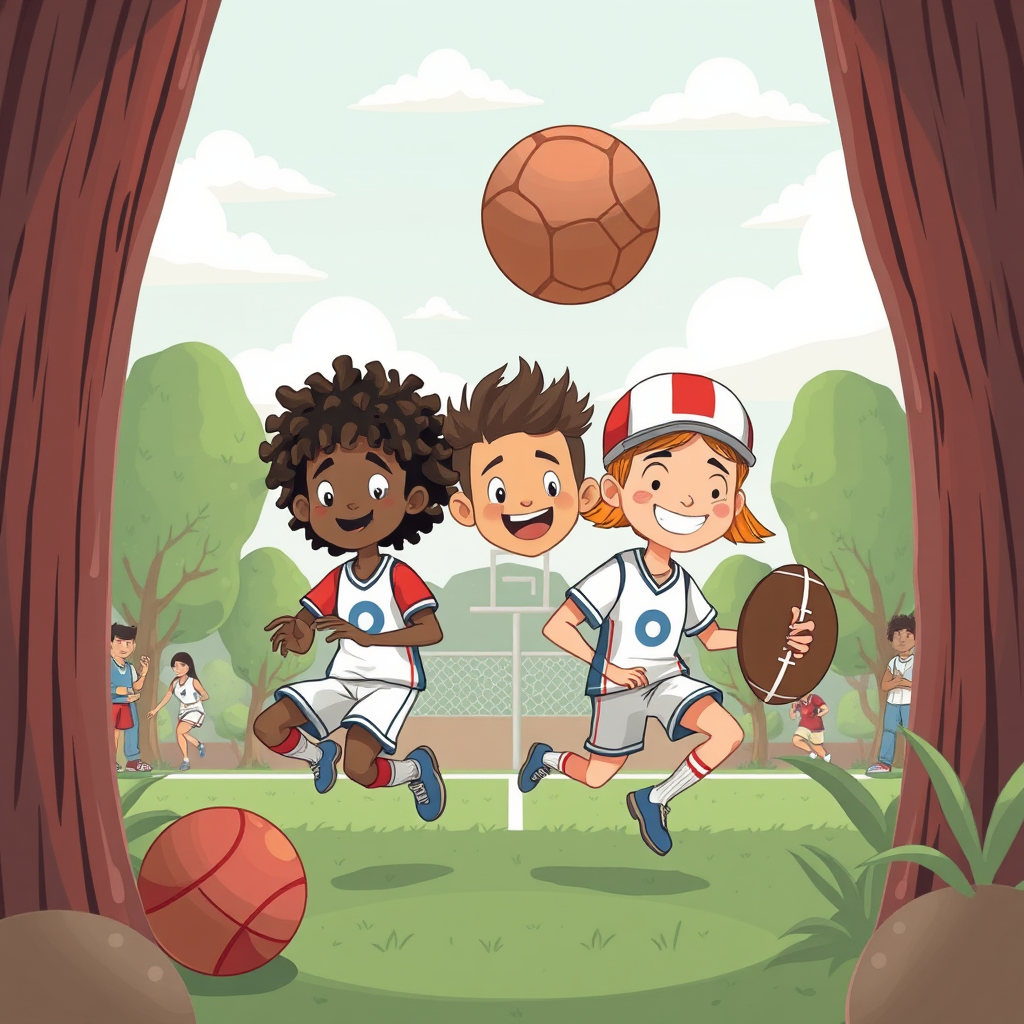
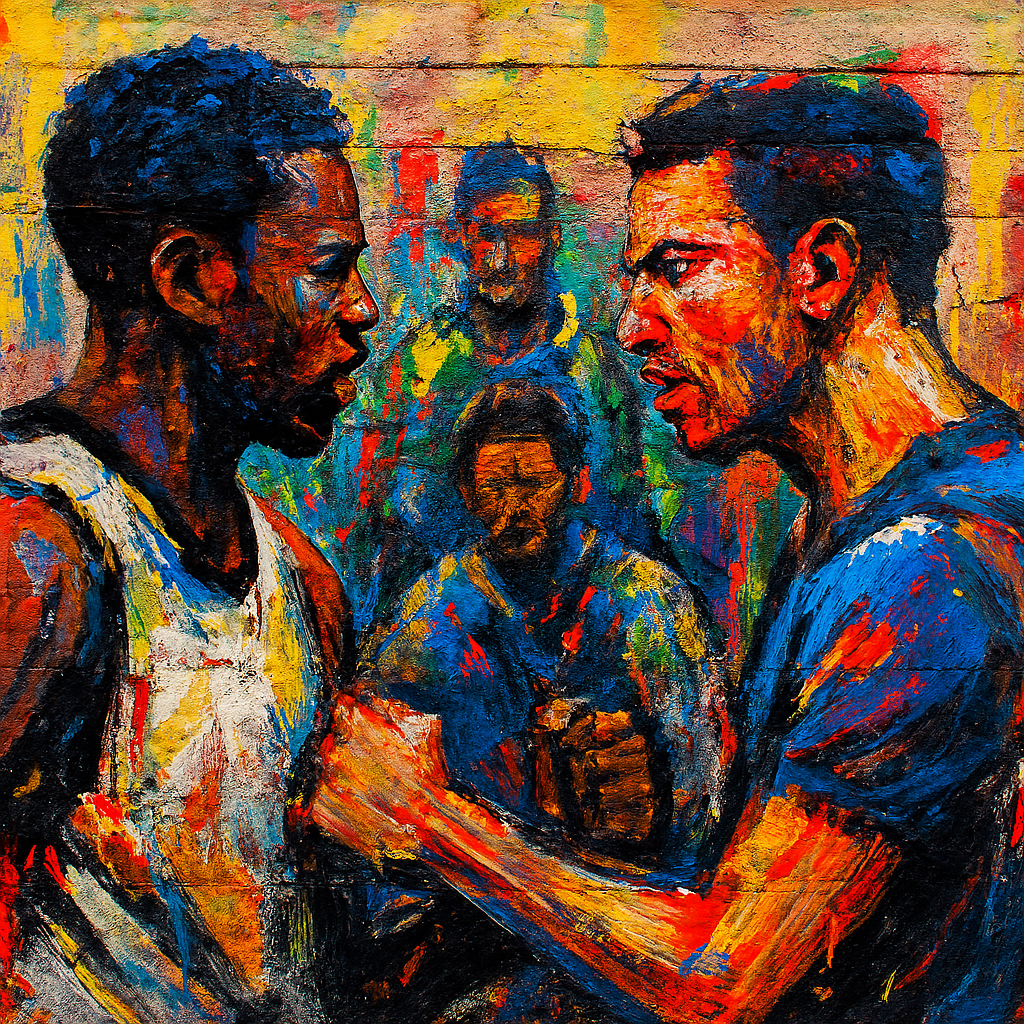


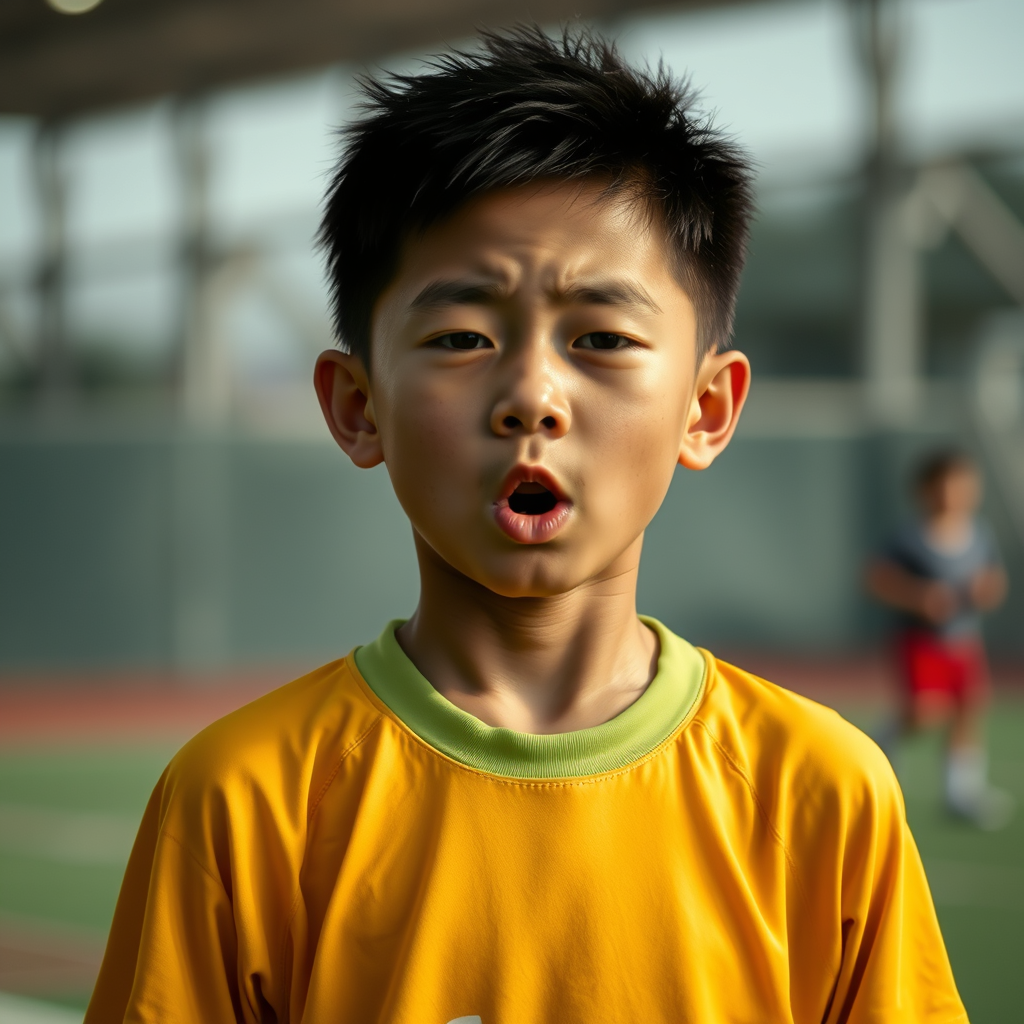
Leave a Reply